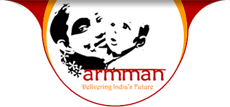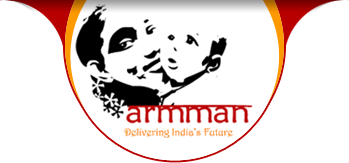IHRPTM
(Integrated High Risk Pregnancy Tracking & Management)
ARMMAN has partnered with UNICEF, the Government of Telangana and the Government of Andhra Pradesh to roll out an integrated, comprehensive, multi-step, systemic approach for improved identification, tracking and end-to-end management of high-risk pregnancies during the antenatal period. This approach enables a sustained reduction in irrational and delayed/complicated referrals and improved continuum of care for maternal health, that can result in achieving the goal of Ending Preventable Maternal Mortality (EPMM).
The Integrated High Risk Pregnancy Tracking & Management (IHRPTM) programme focuses on training Auxiliary Nurse Midwives (ANMs), Medical Officers (MOs) and Specialist Doctors on high-risk pregnancy management and tracking. We have created algorithmic color-coded, detailed protocols for end-to-end management of 20 high-risk conditions and prevention of perineal trauma for every level of primary care and the referral system (health workers, Medical Officers and specialists).
We are currently training 9000 ANMs, 1000 MOs and 400 specialists in all the protocols in the state of Telangana, and have begun trainings of MOs and specialists in Andhra Pradesh.
IHRPTM will be supported by a learning app with rich multimedia-based approaches and by a tablet-encoded decision supported tool linked to the live mother and child database of Telangana, enabling end-to-end tracking of high-risk conditions & creation of integrated dashboards at every level.
IHRPTM, also called as Amma Kosam in Telangana and Andhra Pradesh, has now expanded to Uttar Pradesh with the initial pilot phase commencing in two districts in the State. The programme aims to scale up to two more states by 2026-27.

